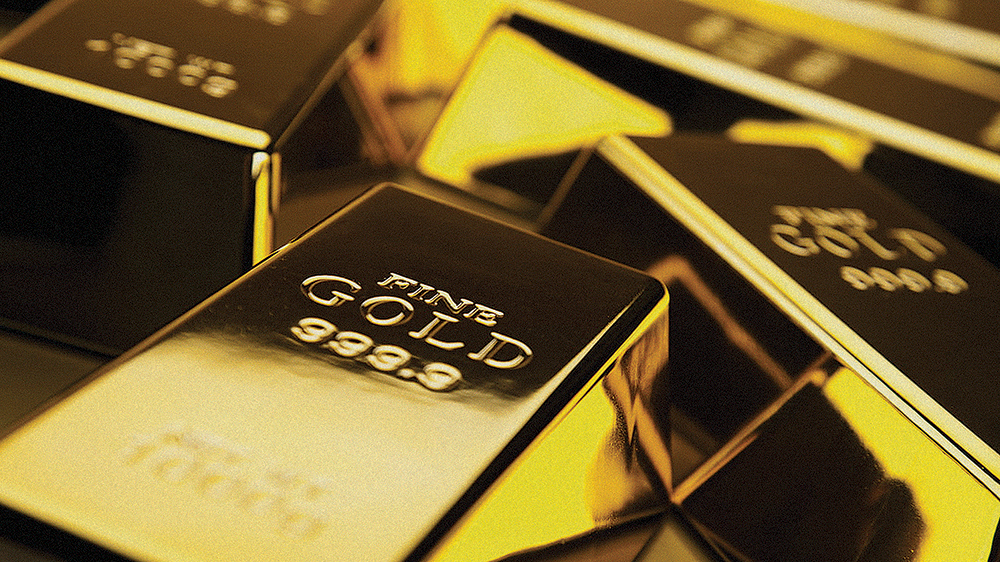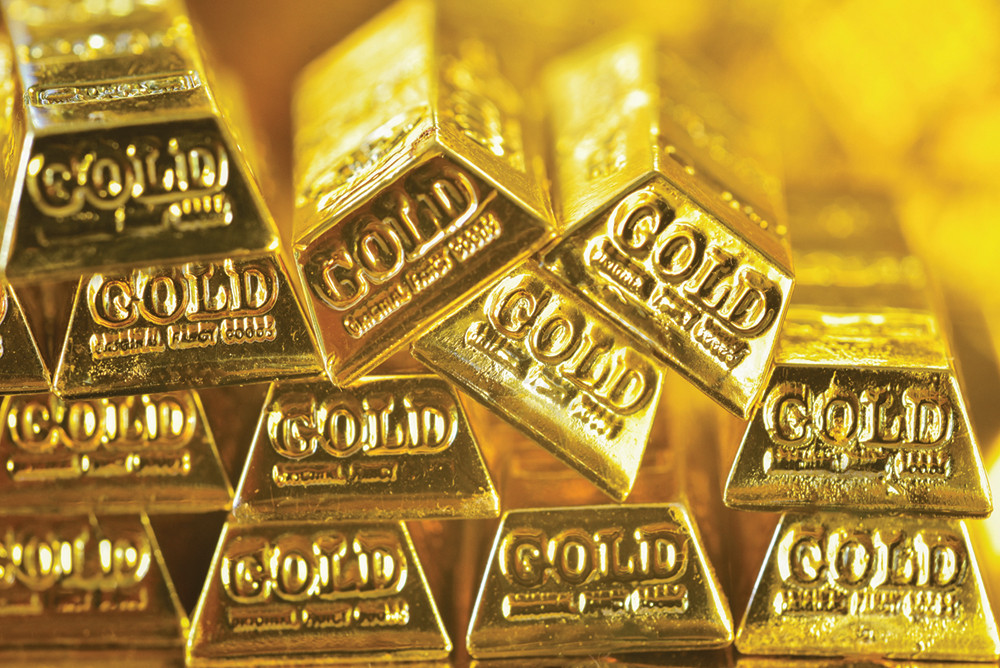
The bullion has had an interesting year thus far in 2023. After opening at $1,822.79 per troy ounce, gold rode on a bullish rally summiting $1,959.54 per troy ounce in early February. Thereafter, the prices slumped and reached $1,804.68 per troy ounce by the end of February. Since then, the prices have journeyed on a second strong rally for the year climbing to $2,009.61 per troy ounce in mid-March, the highest since March 2022.
The recent developments in the US and Swiss banking system have led to a sharp, downward revision of rate expectations of the Federal Reserve, the central bank of the USA. Given the strong probability of four additional rate hikes just a few weeks ago, traders have swapped their forecasting from the rate hike to the possibility that the Fed may indeed not increase the rates at all or furthermore, begin cutting the rates as soon as this summer.
The overwhelming change in the interest rate expectations has instigated a positive return for gold. Still featuring prominently in the reserves of nearly every major central bank around the globe, gold remains a de facto currency. But the fact remains that gold is a trading instrument that pays no interest. Hence, when the expectations for the interest rate hike increase, gold prices decline. The rapid transformation in the expectations of investors towards the widely accepted interest rate hikes prevented the yellow metal from rallying even as inflation rates surged in the US, Europe, South America, Japan and South Korea.
The failure of gold to rally dumbfounded many traders who had viewed gold as an inflation hedge. In this scenario, however, inflation and rate expectations were pulling in opposite directions and with the Fed orchestrating the fastest rate hikes since 1981, the downward pull of the higher rates proved to be temporarily stronger than the upward push of inflation on the prices of the bullion.
Analysts have argued that the rally of gold from 2018 to 2020, where gold observed a dramatic bullish push from $1,200 to $2,000 per troy ounce, amicably anticipated the surge in the inflation that the global economy is now experiencing. The major driving factor for that rally was triggered by expectations that began to establish in late 2018 when the Federal Reserve lowered rates in 2019 with three 25 basis points cuts. When the Fed cut a further 150 basis points early in the pandemic period and expanded its balance sheet by $1 trillion per month between March and May 2020, gold prices increased. In hindsight, gold prices peaked in July in 2020 just as the interest rate expectations in the US hit their lowest point.
With daily changes in the expectations of interest rates, gold has a long-standing negative correlation with the developments in the rates. On a day when the traders forecast a steeper pace of Fed tightening, the gold prices tend to fall, and on the contrary, when expectations are for a lesser degree of Fed tightening, the gold prices tend to rally. Over the past year, this correlation has been most pronounced.
When the question arises of the Fed and the expectations for the monetary policy, it’s clear that the central bank is in a dilemma. In the current times, the Fed has two problems to deal with. Firstly, the inflation rate is too high at 6% given the Fed’s target is 2%. Secondly, the banking system is under pressure. Higher inflation could trigger higher interest rates. However, further increases in the rates could activate levels of uncertainty among the regional banks.
Given the brewing circumstances, the Fed might consider cutting rates given the distress levels of the lenders. However, the Fed is still facing high rates of core inflation that have not begun to decline in any substantial way, and the Fed’s rates are still 75 basis points below the core CPI. In the European belt, the situation is even more prudent. The European Central Bank and Bank of England have policy rates more than 200 basis points below the rate of core inflation. The US labour market remains tight despite some termination in the tech industry and the contemporary problems experienced by certain regional banks.
If the troubles surrounding the labour market ease and if the US economy experiences a recession, this could inject deeper rate cuts than currently priced into the forward curve and a substantial rally of gold may well be ushered. However, if growth remains resilient and inflation remains above the Fed’s target, the Fed may wind up hiking the rates more than the forward curve suggests. If it develops, this could drive gold to renewed downward
pressure.
Published Date: April 30, 2023, 12:00 am
Post Comment
E-Magazine
RELATED Commodity Perspective





